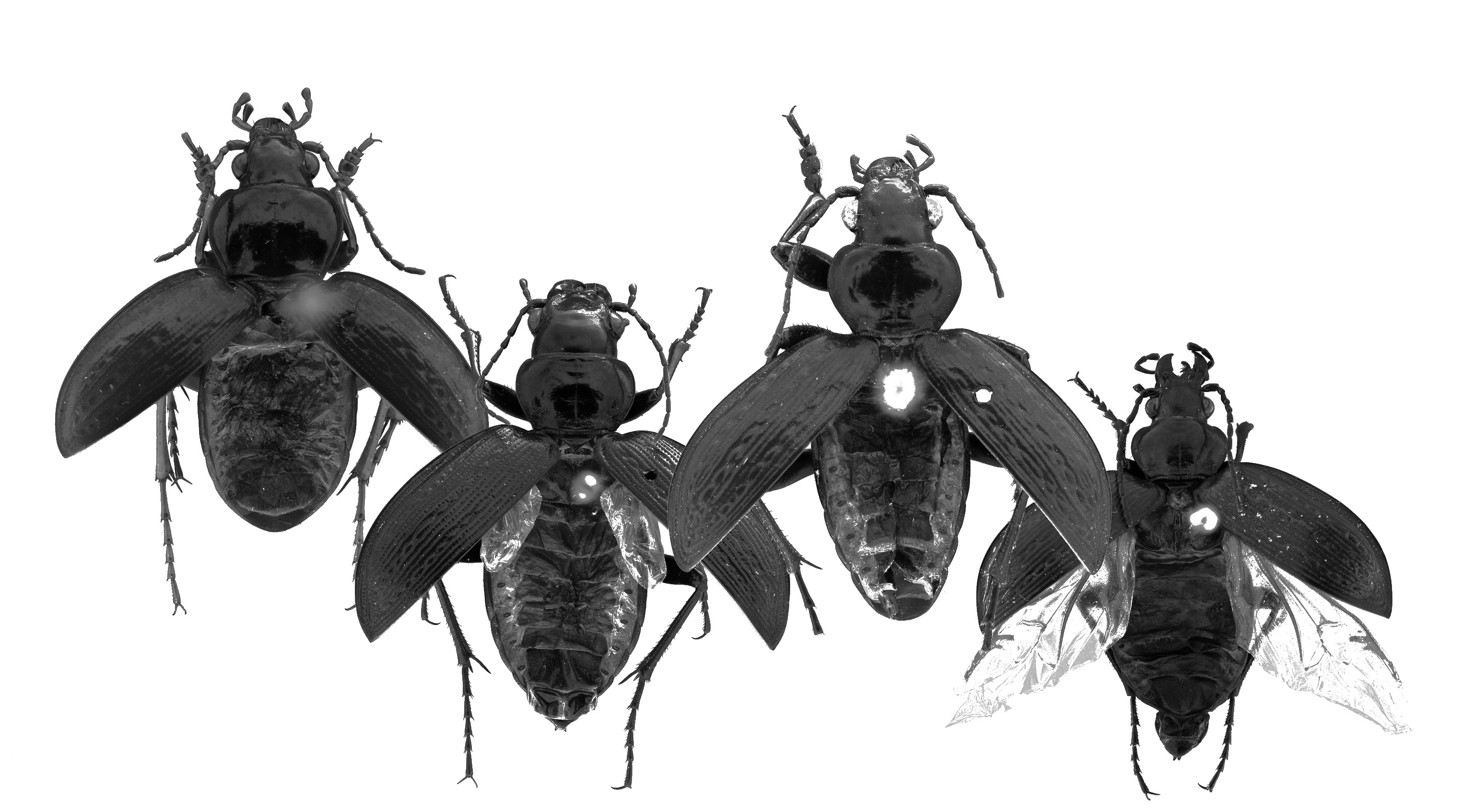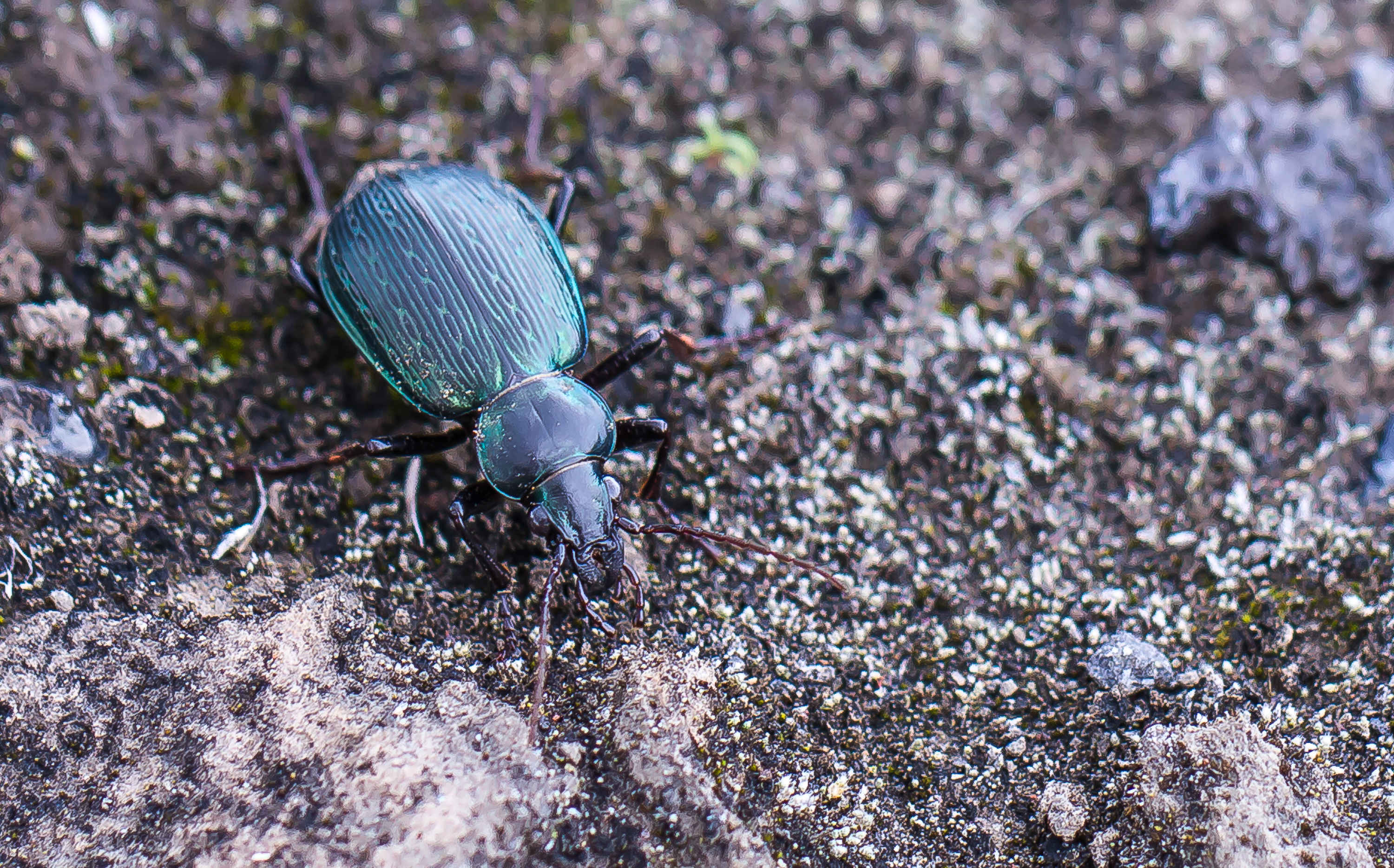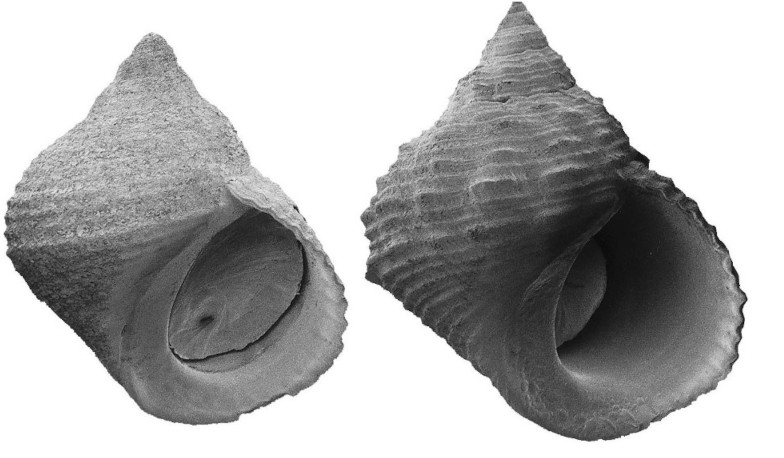Acronym: MUTER
Collaborators: Carl Vangestel (JEMU-RBINS – coordinator), Gontran Sonet (JEMU-RBINS – collaborator), Janne Swaegers (RBINS – collaborator), Thierry Backeljau (JEMU-RBINS – collaborator), Frederik Hendrickx (JEMU-RBINS – collaborator), Jana Asselman (UGent – partner), Katerina Guschanski (University of Uppsala, Sweden/University of Edinburgh, UK – partner)
Funding: The Belgian Science Policy (BELSPO), BRAIN-BE 2.0
Duration: 2023-2025
Summary: Natural history collections harbor a vast reservoir of information on the molecular mechanisms underlying biological diversity, but unlocking these ‘hidden treasures’ remains a daunting task. Only recently researchers have found ways to access this genetic repository thanks to ground-breaking advancements in next-generation sequencing technology.
While museum studies on the spatial and/or temporal variability of nucleotide sequences have greatly advanced our
understanding on the molecular basis of phenotypic variation, they have remained largely ignorant on exploring other
important drivers of phenotypic diversity such as epigenetic modifications of DNA. The awareness of such lacuna has
stimulated the emergence of a new research field, ‘museum epigenomics’. Studying the epigenomes of museum
samples is however far from straightforward as DNA will typically endure a variety of post-mortem alterations like
deamination, fragmentation, loss and exogenous contamination, which all complicate the implementation of standard
epigenetic lab protocols. In this project we will study these difficulties in an attempt to make this epigenetic repository
more accessible for future research. While there are many different epigenetic modifications that DNA can endure, we
will target here specifically DNA methylation. The addition of methyl groups to the DNA back-bone, is a frequently used
epigenetic marker and more importantly remains stable over extensive time periods making it specifically useful when
studying the epigenome of museum samples.
In this project we specifically aim to:
i) outline the ‘best-practices’ in epigenetic profile assessments of museum collections, and
ii) illustrate how the exploration of epigenomic landscapes of museum collections can provide valuable ecological
and evolutionary insights using two pilot studies.
We will here focus on two different methylation profiling methods, reduced representation bisulphite sequencing (RRBS)
and whole genome bisulphite sequencing (WGBS). Both methods have their own pros and cons and the choice of which
method to use largely depends on the research question and sampling design. While WGBS covers the entire genome,
it is currently still too expensive to screen large numbers of specimens. RRBS, on the other hand, is highly cost efficient
and allows to process hundreds of specimens within a single project, yet bears the risk of missing out important regions
as it only covers a fraction of the genome. We will explore various lab protocols to define the ‘best practices’ for
constructing next-generation sequencing libraries of historical museum samples and assess to what extent various
sample characteristics (i.e. age, storage condition, DNA fragmentation, DNA quantity) determine the successful
implementation of methylomics in natural history collections. To exemplify how natural history museum collections can
aid in exploring the role of epigenetics in ecology and evolution, we will make use of two museum collections of the
RBINS. The first one covers a unique adaptive radiation of Calosoma beetles at the Galápagos islands, where
representatives of this genus radiated repeatedly into a highland (‘long-winged’) and lowland (‘short-winged’) ecotype
along an altitudinal gradient replicated on all major islands. This radiation is characterized by a clear divergence gradient
between highland and lowland species that neatly correlates with island age. This unique museum collection allows us to
explore which role methylation plays in adaptive evolution, especially at the early stages of divergence. The second
museum collection highlights the shell polymorphism of the intertidal periwinkle Tectarius striatus sampled at the Azores.
Two shell morphotypes within this species co-occur at a microgeographical scale but display a non-random distribution
across the landscape as their shell morphology strongly hinges on the extent of wave exposure they endure. By linking
genetic, epigenetic and morphological variation we will explore the role of genetic determinism versus phenotypic
plasticity in shell variation within this species.
This project strives to have a direct impact on collection management by allowing researchers access to a new ‘data layer’ obtained from collection material, an epigenomic archive, complementary to existing morphological and genomic archives, and stimulate new collection-based research lines in various scientific fields.
Output:
- Chromosomal inversions from an initial ecotypic divergence drive a gradual repeated radiation of Galápagos beetles, 2024, Vangestel C., Swaegers J., De Corte Z., Dekoninck W., Gharbi K., Gillespie R., Vandekerckhove M., Van Belleghem S.M., Hendrickx F., Science Advances, 10, eadk7906



